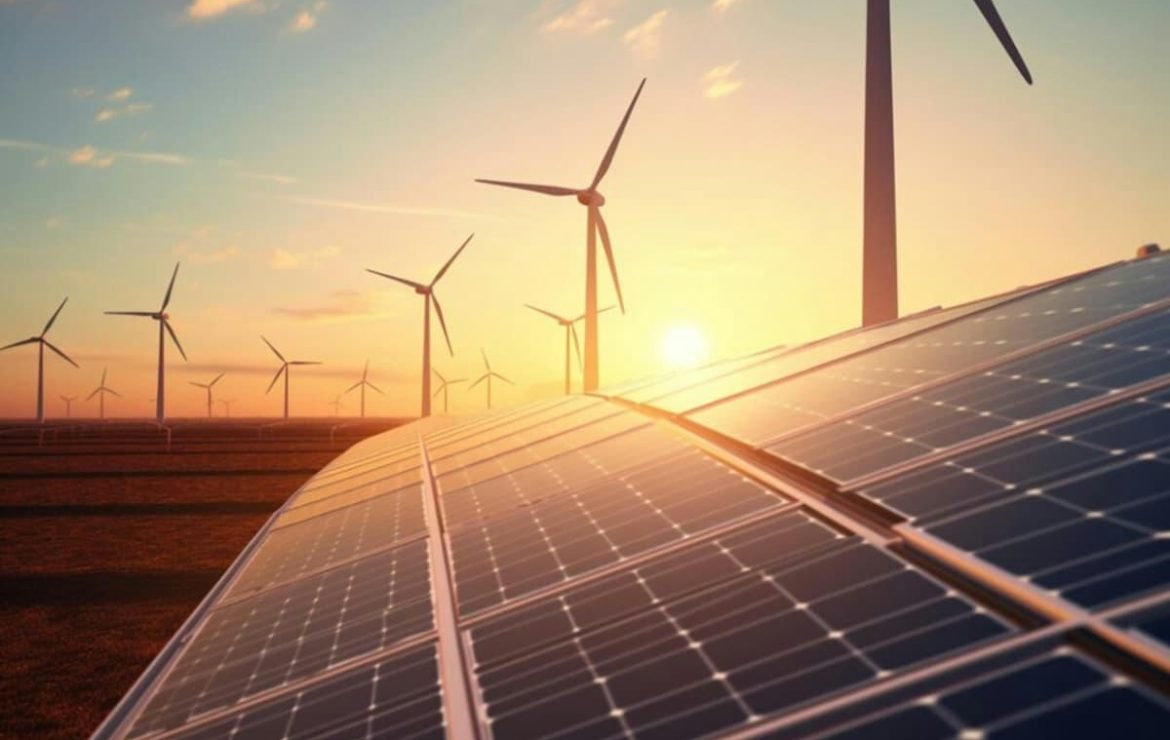Introduction
The shift to renewable energy is accelerating worldwide, and as more projects incorporate solar, wind, or hybrid systems, the design of a reliable and efficient power electronics backbone becomes essential. With that growth comes one major need — an efficient and reliable power electronics setup. This article walks through the key design principles, real-life challenges, and why working with respected manufacturers makes such a difference.
- Power Flow: From Source to Usage
Every renewable system has a few essential stages:
- Generation – solar panels or wind turbines create power.
- Conversion – DC turns into AC, gets synchronized with the grid, or stored.
- Distribution and control – power gets routed and managed.
- Load or export – energy is used or sent to the grid.
Each step brings possible losses and performance issues. A solid design keeps losses low, handles quick changes smoothly, and stays stable no matter how the load shifts.
- Pick Converters That Deliver Efficiency and Grid Compatibility
Converters and inverters do the heavy lifting. They control energy flow, manage the grid link, and keep everything balanced. When choosing, focus on:
- High efficiency to avoid wasted energy.
- Grid compliance for safety and reliability.
- Modular design for easy expansion.
- Smart monitoring to track performance.
That’s where specialized manufacturers matter. TWERD offers a complete range of inverters, frequency converters, energy storage systems, and e-mobility products. Their lineup includes photovoltaic and wind converters, plus bidirectional units for modern storage setups.
Working with a brand that knows the field inside and out means your project stays reliable, compliant, and supported for years.
- Integration with Storage and Smart Control
Today’s energy systems often use batteries or hybrid setups. These systems need flexibility, and that’s where proper integration helps.
To make it work well:
- Use bidirectional converters to charge and discharge smoothly.
- Ensure seamless switching between grid and off-grid operation.
- Add smart control systems for better load and energy management.
- Monitor everything — from voltage to temperature — to spot issues early.
- Major Issues and how we resolve
Real projects always come with surprises. You may deal with:
- Voltage dips or grid faults.
- Harmonics that affect power quality.
- Overcurrents or surges.
- Heat management problems as components age.
Here’s how to reduce those risks:
- Add strong protection and filtering circuits.
- Build in extra capacity for overload or heat stress.
- Use predictive maintenance and remote monitoring tools.
- Choose companies that provide post-sale support and customization.
Working with TWERD gives you access to expert support, design updates, and local service — a big plus for long-term reliability.
- An authentic Example: Hybrid Solar + Wind + Battery Setup
- Solar panel DC strings.
- Solar inverter with MPPT control converting DC to AC.
- Wind inverter managing turbine output.
- Battery inverter on an AC bus for charging and backup.
- Grid interface inverter managing connection and reactive power.
Each part plays a role in reducing losses and keeping performance steady. Choosing converters from a dependable brand ensures all parts work together smoothly, respond quickly, and provide accurate monitoring. That’s one more reason engineers often choose TWERD.
- Best Practices for Smooth Operation and Upgrades
A successful renewable system needs more than just installation. Ongoing care matters too.
- Set up remote monitoring and keep firmware current.
- Keep clear documentation and updated datasheets.
Keeping things organized means fewer surprises later.
Why Adding a Link to a Company Like TWERD Helps Your Article
- Builds Trust
Linking to a well-known, proven manufacturer shows readers your facts come from real sources. It helps people trust your content.
- Gives Readers Real Value
Many readers like to explore deeper. Linking to TWERD lets them check technical data, see product details, and verify what you mention.
- Boosts SEO Signals
Search engines favor content that connects to authoritative and topic-relevant websites. Linking to a power electronics brand like TWERD helps your page rank better.
- Opens Doors for Collaboration
Linking to a manufacturer might lead to future partnerships, guest content, or expert insights. That can make your blog stronger over time.
- Keeps Your Content Transparent
When you talk about products or technologies, linking to the original source keeps your writing clear and honest.
- Keeps Information Current
Manufacturers update their sites often. A link ensures readers always see the latest specs and product changes.
Conclusion
As renewable energy keeps advancing, power electronics sit at the heart of every great system. Choosing trusted, high-quality components matters — and that’s where TWERD shines.
From solar setups to complex hybrid grids, your project’s success depends on solid engineering and dependable equipment. By linking to reliable companies like TWERD, your content gains real authority while guiding readers toward genuine expertise. In a world full of quick claims, authentic connections like these make your writing stand out — and your readers appreciate it.





